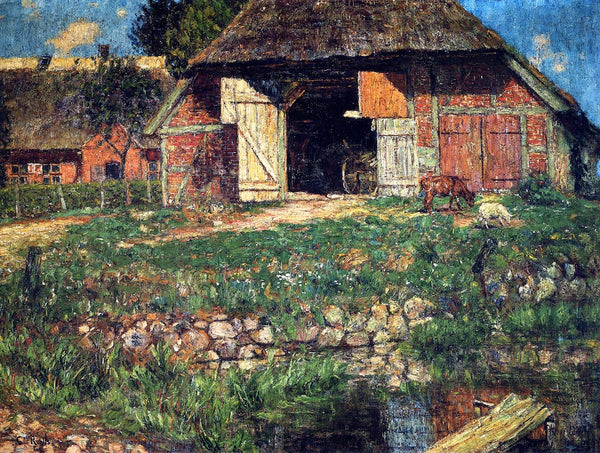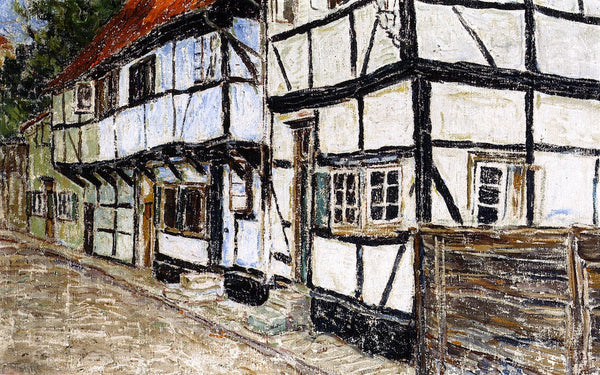Your Cart is Empty
Menu
-
- Tapestries
- Yoga Mats
- Kaleidoscopes
- Our Artists
- Adam One
- Amanda Sage
- Andreilien
- Android Jones
- APEX
- Art of One
- Asirios
- Astral Visions
- Austin Mackereth
- Autumn Skye
- Benedigital
- BL Visuals
- Blake Drezet Art
- Boris Pelcer
- Burgandy Viscosi
- Chris Dyer Positive Creations
- Chris Miele
- Collin Salazar
- Danny Stephens
- Darren Minke
- David Sugich
- Dela
- Dima Yastronaut
- Emily Kell
- Erica Robin
- Free Rein
- Gabriel Welch
- Giohorus
- Gwen A.P.
- I Am Electric
- Jack Laroux
- Johnathan Singer
- Kai Wilder
- Karen Schaefer
- Kirsten Zirngibl
- Light Wizard
- Logan Walden
- Luke Brown
- Marcelo Germana
- Mark Henson
- Martina Hoffmann
- Masha Falkov
- Mélissande Monette
- Moksha Marquardt
- Mr. Melty
- Mugwort
- Natural Warp
- Olivia Curry
- Paul Mez
- Phil Lewis
- Psiloteric Visions
- Psybe Industries
- PsytScene
- Robyn Chance
- Shane Myers
- Sylvia Ritter
- Silvio Vieira
- Simon Haiduk
- Soltice Son
- Steady Lifted
- Swartz Brothers Art
- Sylance
- TAS Visuals
- Totemical
- Trax (Desert Dwellers)
- Tyler Gentry
- Victor Olenev
- Wrenna Monet
- Info
-
- Text 631-743-0278
-
United States (USD $)

Add description, images, menus and links to your mega menu
A column with no settings can be used as a spacer
Link to your collections, sales and even external links
Add up to five columns
Add description, images, menus and links to your mega menu
A column with no settings can be used as a spacer
Link to your collections, sales and even external links
Add up to five columns
Add description, images, menus and links to your mega menu
A column with no settings can be used as a spacer
Link to your collections, sales and even external links
Add up to five columns
Add description, images, menus and links to your mega menu
A column with no settings can be used as a spacer
Link to your collections, sales and even external links
Add up to five columns
Add description, images, menus and links to your mega menu
A column with no settings can be used as a spacer
Link to your collections, sales and even external links
Add up to five columns
Add description, images, menus and links to your mega menu
A column with no settings can be used as a spacer
Link to your collections, sales and even external links
Add up to five columns
Add description, images, menus and links to your mega menu
A column with no settings can be used as a spacer
Link to your collections, sales and even external links
Add up to five columns
Add description, images, menus and links to your mega menu
A column with no settings can be used as a spacer
Link to your collections, sales and even external links
Add up to five columns

Happy Birthday Christian Rohlfs (German Painter + Printmaker)
November 22, 2019 2 min read
Christian Rohlfs
Born on November 22, 1849 (Other sources December 22, 1849), Christian Rohlfs was a German painter and printmaker. His early works spanned across Impressionism, Naturalism and Post-Impressionism. He is known as a major proponent of German Expressionism. Rohlfs' paintings covered wide variety of subjects including portraits, landscapes and street scenes. It was his encounter with works of Vincent Van Gogh, that profoundly influenced his style for the rest of his life as a painter. His paintings today adorn museums across the world including the Metropolitan Museum of Art and the Museum of Modern Art, New York, the Thyssen-Bornemisza Museum, Spain, Art Institute, Chicago and the Folkwang Museum in Germany. During his lifetime, he enjoyed fame and acclaim at one time and faced criticism and despair at another.
Early Life
At an early age, he suffered from an infection that rendered him bed-ridden. It was this period in his bed that molded his career and life. During the two years in bed from 1864-66, he was nursed by Stolle, a doctor, who encouraged the budding talent of the child as a painter. Christian Rohlfs created his first painting during this time.
In 1870, with the recommendation of Theodor Storm, he went to Berlin to study painting at the Großherzogliche Kunstakademie, Weimar. Meanwhile, his condition deteriorated and resulted in the amputation of one of his legs in 1874.
He found an admirer of his works in Grand Duke of Saxonia - Weimer, Großherzog von Sachsen - Weimar, who kept supporting him through many years.
From 1888 onwards, a distinctive style can be recognized parallel to the French Impressionism and the school of Barbizon. Henry van de Velde acquainted Rohlfs with Karl Ernst Osthaus, the founder of the Folkwang Museum. In 1901, on the request of Osthaus, Rolhfs started running the Folkwang Museum. However, the endeavor was not successful. His encounter with Emil Norde, Edvard Munch and paintings of Vincent van Gogh inspired Christian Rohlfs towards more expressionist style. Rohlfs eventually adopted this style for the rest of his life.
Later life
In 1908, when he was 60 years old, Rohlfs was inspired by an exhibition of works of the expressionist group, the Die Bruke and created his first set of 185 prints, most of which were linocuts or woodcuts. He was bestowed with several honors that stands testimony for approval of his works. In 1929, on the occasion of his 80th birthday, Christian Rohlfs Museum was established at Hagen.
In 1937, as the Nazis gained power, Rohlfs was removed from Prussian Academy of Arts, the Preußische Kunstakademie der Künste and 412 of his paintings were proclaimed to be ‘’degenerate’’ and hence were removed from various German Museums.
Christian Rohlfs died on January 8, 1938 in Hagen, Westfalia and went down in history as the most prominent exponent of German Expressionism.

Holstein Farm by Christian Rohlfs (1900)

Half Timbered Houses by Christian Rohlfs (1905)
**Commissions earned from this post by the Amazon Associates program. If you would like to write for the www.ThirdEyeTapestries.com team click here to send us an email.
Sources:https://en.wikipedia.org/wiki/Christian_Rohlfs
http://www.artnet.com/artists/christian-rohlfs/
http://www.christian-rohlfs.com/
Subscribe
Sign up to get the latest on sales, new releases and more …